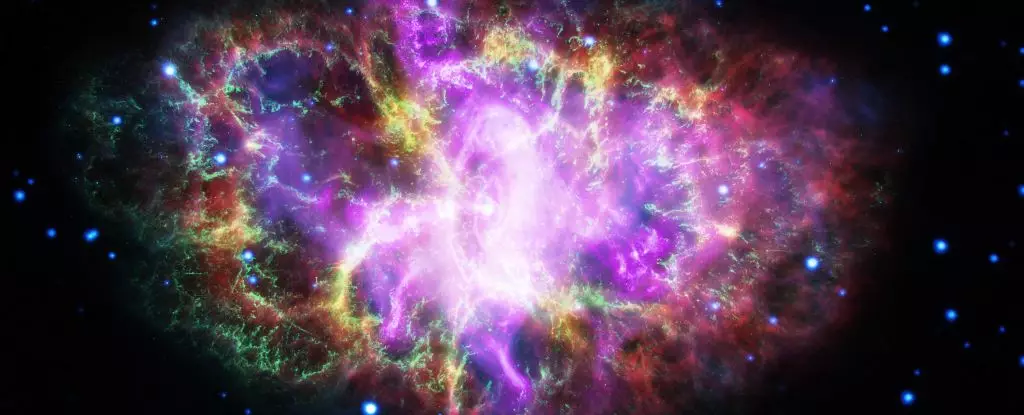In a world where the cosmos looms large, the simple act of stargazing can ignite profound philosophical inquiries. Recently, while I was engaged in astrophotography in my cluttered San Diego backyard, a chance encounter with my wife, Cristina, sparked an intriguing dialogue about the mechanics of light. As I captured images of distant celestial bodies, particularly the Pinwheel Galaxy—a sprawling collection of roughly a trillion stars about 25 million light-years away—the sheer scale of the universe became a backdrop for questions about existence, travel, and time. Cristina asked, “Doesn’t light get tired after such a long journey?” It was a question that seemed whimsical at first but opened a conversation that delved deep into the nature of light.
Light: A Mysterious Traveler
As an astrophysicist, I’ve dedicated years to unraveling the mysteries of the universe, only to realize that light itself is a conundrum filled with contradictions. Light is an electromagnetic phenomenon involving electric and magnetic fields oscillating through the spacetime continuum. This dual nature enables it to glide effortlessly across the cosmos without requiring a median to facilitate its movement. Unlike objects with mass, which are bound by their limitations—anything with mass can only achieve speeds less than that of light—photons, which are the particles of light, can push against the universe’s speed limit, clocking in at an astounding 186,000 miles per second (approximately 300,000 kilometers per second).
To visualize this staggering speed, imagine the Earth’s circumference: light could circle our planet over twice within the blink of an eye. However, this rapid velocity also highlights a disconcerting aspect of our universe—while light travels at incredible speeds, the grand distances involved can make it seem like an eternal journey for us. The experience of delay comes into sharp focus when considering that sunlight takes about eight minutes to traverse the 93 million miles to Earth, while light from Alpha Centauri, our closest star neighbor, takes over four years to arrive.
Does Light Ever Wear Out?
Cristina’s inquiry led to another intriguing aspect of light—its energy conservation. In truth, not all light travels forever without losing energy. Certain photons collide with cosmic dust and other particles, causing them to scatter and lose some energy in the process. However, in the vast emptiness of space—where the likelihood of collision is minimal—light can sustain its energy over vast distances. This endurance challenges our understanding of energy and physicality; unlike a tired athlete, light does not tire.
An apt illustration of this phenomenon can be drawn from an astronaut aboard the International Space Station (ISS). A traveler in orbit at about 17,000 miles per hour experiences time differently compared to a stationary observer on Earth due to a stunning effect known as time dilation. Time does not flow at a constant rate but varies based on speed and gravitational influence. For instance, the ISS astronaut’s watch would tick slower than one on Earth—a vivid reminder of the intricate dance between time and speed.
The Relativity of Light
What does it mean to traverse vast expanses at the speed of light? Consider this: if one could theoretically attempt such a journey aboard a photon, time itself would slow to a standstill. With the speed of light as a constant, distances contract, making the universe less daunting. The cosmic gulfs that seem unfathomably expansive from Earth may appear infinitely manageable from the vantage point of a photon. In essence, the journey from the Pinwheel Galaxy could be perceived as instantaneous, perhaps occurring in the same heartbeat as it was absorbed by my imaging equipment at home.
This notion flips our conventional wisdom on its head, forcing us to examine how we interpret space, time, and existence. The photon’s reality stands in stark contrast to our experience; while it traveled across epochs of time, we perceive it as a fleeting moment captured in a photograph. The distance of 25 million light-years becomes both fleeting and eternal, manifesting in a cosmic paradox that defines our existence.
What resonates most in this conversation between Cristina and me is the recognition of light not merely as a source of illumination but as a bridge connecting us to the most intricate pathways of the universe. As we watch its brilliance unfold, we become part of that majestic narrative woven throughout the vast, starry tapestry above us.

